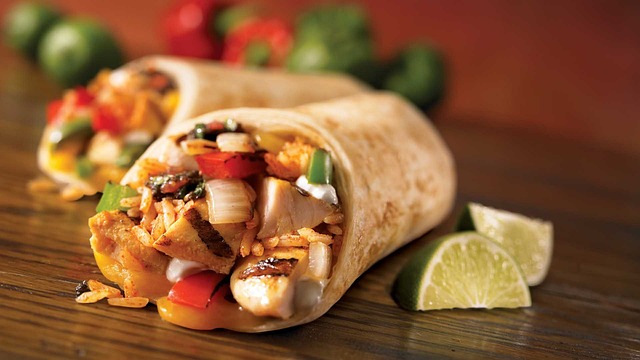Introduction
Hummingbirds are delightful creatures known for their vibrant colors, unique hovering flight, and voracious appetite for nectar. Providing the right kind of food for these small wonders is essential to attract them to your garden.
In this article, we will explore the different types of hummingbird food and how to create a welcoming environment for these enchanting birds.
Nectar: The Ultimate Hummingbird Fuel
What is Nectar?
Nectar is hummingbirds' primary energy source and acts as their fuel for survival. Hummingbirds have adapted their long bills and tongues to extract nectar from deep within these blossoms.
Making Homemade Nectar
Gather the ingredients:
White granulated sugar
Water
Mix the nectar:
In a clean pot, combine a ratio of 1 part sugar to 4 parts water.
Boil the mixture, dissolving the sugar completely.
Let it cool, ensuring it reaches room temperature.
Fill the feeder:
Pour the homemade nectar into a clean hummingbird feeder.
Replace the nectar every 3 to 5 days, especially during warmer weather.
Avoid These Hummingbird Food Pitfalls
Never use artificial sweeteners or honey in hummingbird nectar as they can be harmful to these delicate birds.
Avoid adding food coloring, which may contain harmful additives. Red feeder ports or a red ribbon near the feeder are enough to attract hummingbirds.
Planting a Hummingbird-Friendly Garden
Native Flowers
Hummingbirds have a preference for native flowers that provide abundant nectar. By incorporating these flowers into your garden, you will not only attract hummingbirds but also contribute to the natural ecosystem.
Some native flower options include:
Bee balm
Trumpet vine
Salvia
Cardinal flower
Colorful Flowers
Hummingbirds are attracted to vibrant, tubular-shaped flowers as they allow easy access to the nectar. Incorporate various colors such as red, orange, and pink to entice these tiny birds to visit your garden.
Blooming Seasons
To attract hummingbirds throughout the year, it is crucial to have a diverse range of flowers that bloom at different times. This ensures a continuous and reliable supply of nectar.
Supplementing with Insects
In addition to nectar, hummingbirds also require protein-rich insects as a source of vital nutrients. Encourage an insect-friendly environment in your garden by avoiding pesticides and providing natural habitats, such as small brush piles or insect hotels.
Conclusion
Creating a hummingbird-friendly garden is a delightful endeavor that not only allows you to witness these fascinating creatures up close but also contributes to their well-being.
By providing homemade nectar, planting native flowers, and supplementing with insects, you can ensure a sustainable and inviting environment for these beautiful hummingbirds to thrive.
So, grab your nectar recipe, embrace Mother Nature's palette, and welcome these magical visitors into your garden.









